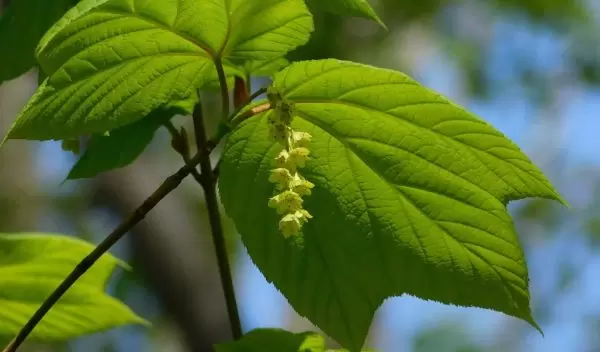
Striped maple trees often change mating types, with females more likely to die
More than 90 percent of flowering plant species combine male and female characteristics in one plant. In the less than 10 percent where female and male flowers exist on separate plants, they typically remain female or male throughout their lifetimes. But it isn’t always that simple.
In a study published in the journal Annals of Botany, researchers found that striped maple trees can switch from male to female or female to male from year to year. A tree may be male one year and female the next, and while male trees continue to grow, female trees are more likely to die. The research was funded by NSF's Division of Biological Infrastructure.
The study found that 54 percent of striped maple trees changed mating type over a four-year period, with some switching multiple times. Male trees usually outnumbered female trees by more than three to one. From the time the study started in 2014, 75 percent of trees that died were female. Since only female trees can make seeds, changes in the relative numbers of males and females might lead to reduced populations.
"We found that, contrary to previous scientific knowledge, unhealthy trees have a higher likelihood of being female, and the size of the tree doesn't seem to influence what sex a tree is," said lead author Jennifer Blake-Mahmud, a botanist at Princeton University.
Understory trees such as striped maples grow beneath the forest canopy and may become unhealthy for many reasons: insects chew on them, deer use them for antler rubs, large trees fall on them during storms, and drought can affect them.
Over longer periods, these stressful conditions may result in an increase in numbers of females compared with males -- more females likely means more seeds and more seedlings to fill the gap. At first this might seem like a good thing. But since the female death rate is much higher than the male death rate, the number of trees may still decline over the long run.
